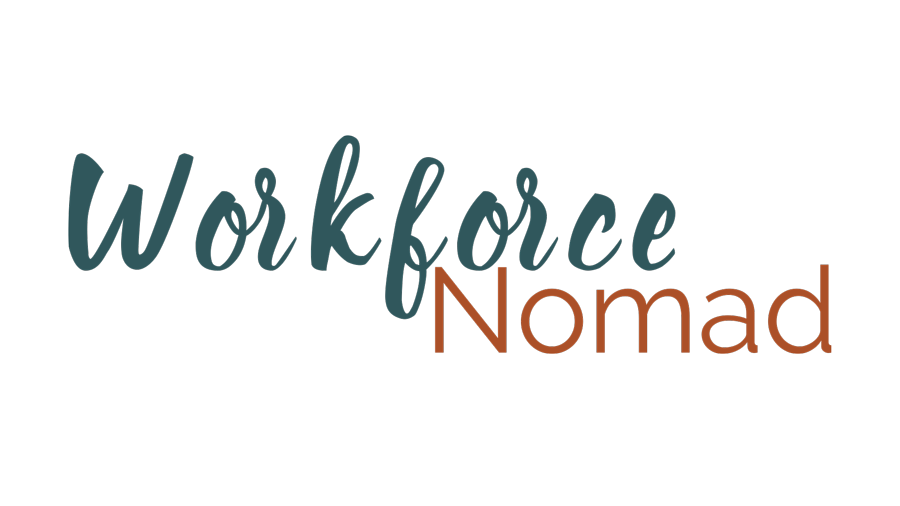by kgettelfinger | Oct 24, 2009 | Software Development
What do you do when you’ve built a development capacity that is faster than your business capacity? The market is changing very quickly these days and the lament that one can’t deliver change to a software product fast enough to meet the market demand is for some companies no longer valid. Now it comes down to the business not being fast enough at understanding the market and translate that into product. Now the tail has started wagging the dog. How does a business come up to speed to meet the market demand and feed a voracious technology funnel?
When your technology delivery capacity is meeting or exceeding your delivery expectations how do you keep the beast fed and keep market satiated? This is the question on my mind right now. What’s missing right now that keeps business spinning its wheels and not producing value to a vision? From what I have seen it is lack of clarity of vision and an inability to decide. Without a well thought out product road map as your guide then developing a product becomes about making up requirements to fill technology capacity you end up with a lot of valueless feature changes and tweaks.
by kgettelfinger | Aug 12, 2009 | Uncategorized
Maybe working for an agile focused organization casuses me to see agile applications everywhere…
It’s interesting to me how “agile” techniques applies to solving more problems than just software development. Last night I went to Green Drinks Chicago www.chicagogreendrinks.org . It was a networking event focused on sustainability. Not exactly a technology focused group in fact I didn’t meet anyone who was in software development. Mostly folks who are in or would like to be in green industries and some looky lu’s like me. There was a great panel discussing some research projects done on sustainable community development. About five projects in total one of which was on Sustainable Design.
As I was listening to their theories and case studies on this concept of sustainable design I couldn’t help but extrapolate the ideas to software development and vice versa. Here were some of the melded ideas I took away:
- Designing from the bottom up- collaborating with your constituents/community group is critical, solutions must be driven by their needs, willingness and involvement
- Understanding the needs, desires and motivations of your constituents
- Engaging them
- Execution that is powerful and affective
- The solution is all about the constituent
- Simplicity and feasibility
- Sharing the knowledge with your constituents so they don’t need to rely on you after you are gone (knowledge=ownership)
- Establishing metrics along with goals
- Solving problems yes, but creating opportunity
Change is hard and if you are in the business of making change (which I believe most of are) you need to learn what it is that motivates people to change and be prepared to help them do it in a way that works for them.
by kgettelfinger | Jul 13, 2009 | Job Transition
I was speaking on a panel for job transition and my topic was networking. I enjoy these panels because job transition is such a mix of confusion for people and it is so overwhelming so anything I can do to shed some light or give some positive energy and information to a person in this situation feels right. One gentleman said that he was exploring a change of career and had been advised by people in the industry that this was a terrible time to explore that because there are so many well qualified people on the market right now. Why would anyone take a chance on him? Two different people said this to him and he was asking if that was right, that there was no hope for him to make this change and that he should forget about going back to school to learn more in this field. I can’t stand these blanket statements. We all make them and probably with the best of intentions and they are completely bogus. I told this man that if this was a change he was really passionate about he should do it. Yes, he might have to make some sacrifices such as starting at the bottom, getting more education but ultimately you need to be doing what you really like/love to do. Or you should at least really enjoy what you do. You spend so much of your life in it.
They say changing an industry or changing a role is possible but to try not to do both at the same time and I would agree that this conventional wisdom is true. Changing both at the same time will require more sacrifice and more ingenuity but I won’t say it can’t be done. First see if you can make a change of industry/organization within the type of role you have held before then once you have proven you’re a valuable addition to the organization making the role change will be easier. Or make a change within your organization to a role that will give you needed experience to prove your abilities to move to a new organization. This is definitely the easier way. But don’t discount your options before you have explored them. Are there organizations you can become a member of which may not directly equal a job but will get you near others in the field? Can you create connections and work with non profits in your desired sector to show people your interest and drive? Don’t let anyone tell you what isn’t possible, not even yourself.
by kgettelfinger | Jun 24, 2009 | Career management
The most insidious glass ceiling is the one we impose upon ourselves. It is created quietly as we are going through life and it lives in our unconscious mind. It comes from all of the beliefs we have gathered up over the years and taken in without regard for their validity. Beliefs that tell us we are limited, not good enough, not smart enough. I don’t mean to say that external glass ceilings don’t exist but much of the power they hold is fortified by our own beliefs. I think the proof of this is in the examples of people who break through the public ceilings. How did they do it? What was special about them? And why can’t everyone do it? I think the thing they had going for them was determination and will (and occasionally some dumb luck bursting through their own barriers). Every time I have been frustrated by someone else’s behavior that seems to limit me, when I really examine what is happening I can see my role in creating this result. Experience has shown me that every time I have taken a shot and reached beyond where I have been before I have gotten great results.
by kgettelfinger | May 11, 2009 | Projects
At what point do collaboration tools just get in the way of collaboration? After you read this you might think I am against collaboration tools or software in general and that is absolutely not true. Software is my business and I think the benefits of it are immense. It is not, however, a panacea for our collaboration, systems and project problems.
There are so many neato keano tools out there for managing your ideas and projects either for yourself or for your teams, I especially love the SaaS freebies that are great for individuals or cheapskate companies. Everyone can benefit from these minimum versions and if the product has features we need we will buy the upgrade. Mind Meister, Smartsheet, Box, Slide Rocket, etc….And then there are all the brands you can pay for; SharePoint, Project etc… on that list too.
The one common factor in the failure of all of these programs they rely on users to use them. All of these tools offer some great collaboration features and they are quite good but they only work if everyone involved is following the process and using them. I’ve learned so many different collaboration tools and I try to go into each one with vim and vigor and am usually disappointed when my colleague’s just can’t be bothered to figure it out. And so the tool languishes with half finished projects and I’m back to emailing, calling and general harrassing for information (until someone suggests a new tool that will solve all our collaboration problems). That isn’t the software’s fault obviously.
When you are trying to solve a problem make sure you are solving the real problem. That means you are going to have to be really honest about your work habits and those of your teammates and either you decide as a group to change or you acccept that people aren’t going to change and work around their habits. In some cases that might mean that one person does all the interfacing with the tool (as inefficient as that may be) or you skip the tool altogether and work the way everyone naturally works. There are times when the change fight is worth it and times when it isn’t. A good dose of honesty and a really smart project manager can figure this out.

